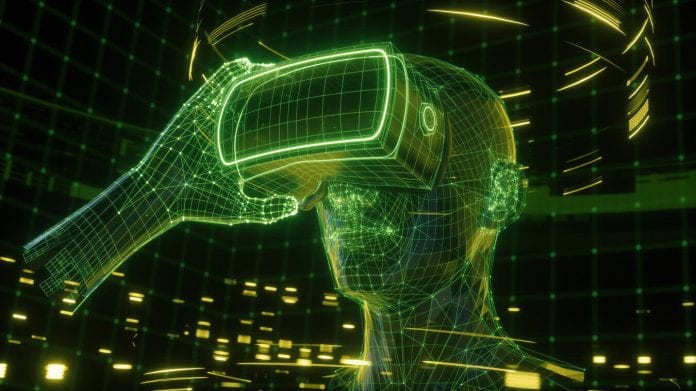Don’t knock a good ol’ fashioned sharpening filter.
With the debut of the Nvidia RTX line of GPUs came new technologies, most notably real time ray tracing support – a feature that caught rival AMD and gamers completely by surpise as the ‘holy grail’ of games graphics was thought beyond the capabilities of a consumer level card. Oh ye of little faith!
These RTX GPUs took online gaming to a whole new level. Developers now had the opportunity to make game graphics as realistic as possible. It goes even for mere online best slots games. Now, these games can be made as lifelike as sitting in front of a physical slot machine, the themes can be intriguing and immersive.
Fast forward a couple of years and AMD is now on board with their upcoming RDNA 2 architecture, which is powering the next-gen Xbox Series X and PlayStation 5.
One intriguing feature of RTX that didn’t receive so much fan fare however was what Nvidia like to call DLSS – Deep Learning Super Sampling. A fancy way of describing upscaling, basically.
The idea is that you can render a game at a much lower resolution than your display will natively support to get better performance, while the clever AI upscales the image using it’s fancy deep-learning algorithms to make the picture as crisp and clean as it would be had you had turned your resolution to the max.
Sounds good, yeah? Well the thing is DLSS has largely been eclipsed so far by another, far more rudementary solution – a sharpening filter.
Nvidias latest sharpening technique seems to work just as well as DLSS, without the need for a game to officially support it. Or for the consumer to own an expensive RTX card with tensor cores to power it. Wow, embarassing.
Nvidia seem aware of this though, as quite out of the blue they have rolled out what they’re calling DLSS 2.0. Here’s a man with an incredible beard/hairdo to explain it all:
The key features are reported thusly:
- Superior Image Quality – DLSS 2.0 offers image quality comparable to native resolution while rendering only one quarter to one half of the pixels. It employs new temporal feedback techniques for sharper image details and improved stability from frame to frame.
- Great Scaling Across All GeForce RTX GPUs and Resolutions – A new AI network more efficiently uses Tensor Cores to execute 2X faster than the original. This improves frame rates and eliminates previous limitations on which GPUs, settings, and resolutions could be enabled.
- One Network For All Games – The original DLSS required training the AI network for each new game. DLSS 2.0 trains using non-game-specific content, delivering a generalised network that works across games. This means faster game integrations, and ultimately more DLSS games.
- Customisable Options – DLSS 2.0 offers users 3 image quality modes – Quality, Balanced, Performance – that control the game’s internal rendering resolution, with Performance mode enabling up to 4X super resolution (i.e. 1080p → 4K). This means more user choice, and even bigger performance boosts.
It all sounds rather impressive, on paper. To see an example of 2.0 in action, check out a clip from RTX poster child game Control below:
So DLSS is undoubtedly impressive technology, with the 2.0 variant looking like a step up from the original version.
But with sharpening filters doing a great job and only continuing to improve, will DLSS 2.0 end up as largely un-used as it’s predecessor? It’s too early to say, but with DLSS missing from the low to mid range Nvidia cards, I think it’ll be a while before the tech is considered standard fare.
However when it is available across the boards, and assuming AMD make good with their own version, then it’ll likely be the best bang for buck upscaling solution yet. Z







